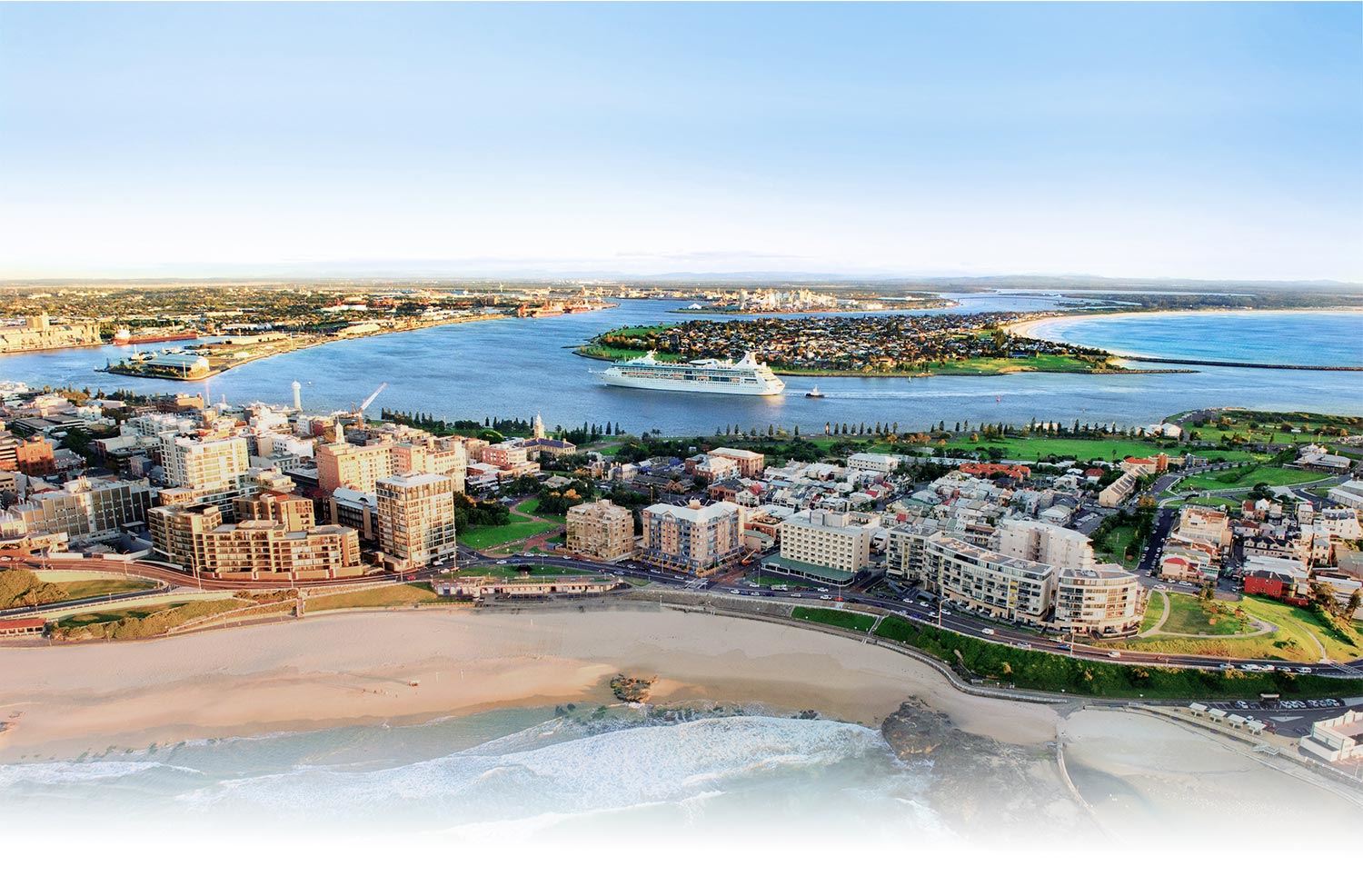
City of Newcastle backs heritage protection for three suburban gems
25 June 2024
Newcastle's heritage is set for a triple win this week with City of Newcastle to pave the way for added protections for architectural sites in Hamilton, Broadmeadow and Mayfield.
Council will vote on whether to back the creation of a new Heritage Conservation Area for Cameron's Hill, a 13.73 hectare parcel of land known for its Victorian and Federation-era homes that takes in areas of Hamilton and Broadmeadow.
Council will also vote to progress the potential listing of two residential dwellings in Mayfield, 22 Victoria Street and 14 Sunderland Street, as items of local heritage significance under the Newcastle Local Environmental Plan.
City of Newcastle will then seek gateway determination from the NSW Government for planning proposals on all three sites, which would then be placed on public exhibition for community feedback.
City of Newcastle Councillor Carol Duncan said creating a new heritage conservation area for Cameron's Hill would be a fitting recognition of its place in history.
"Our city has a unique mix of heritage conservation areas, archaeological sites, heritage-listed buildings and places that are recognised and protected for their character and significance," Cr Duncan said.
"The creation of a heritage conservation area for Cameron's Hill will preserve this unique piece of Newcastle's history for future generations of Novocastrians."
Councillor Margaret Wood praised City of Newcastle’s approach to the city’s built heritage.
"City of Newcastle has a clear commitment to celebrate, protect and promote our city’s unique heritage under the 2040 Community Strategic Plan and Heritage Strategy 2020-2030."
Cameron's Hill follows Denison and Everton streets, from Blackall Street, east towards Steel Street. It is dotted with federation houses that were home to mine managers and government officials of the mid-1800s.
Denison Street was once Hamilton's main street and had several hotels that were incubators of friendship, commerce and sporting clubs. The blocks in Cameron's Hill are among the largest in Hamilton, allowing for grand homes built mainly from the 1840s to the 1930s.
The area is named after James Cameron, publican of the Queen's Arms Hotel. It is also home to the 1840s Australian Agricultural Company Mine Manager's House, of State Heritage significance to the city's industrial, social and economic past.
It would become the city's seventh designated heritage conservation area.
City of Newcastle placed interim heritage orders on the two Mayfield dwellings earlier this year to prohibit the demolition or alteration of the properties while their significance was being assessed.
Since then, an in-depth heritage assessment found that 22 Victoria Street is historically significant as one of the only houses constructed on the Scholey subdivision designed by the prominent architect Frederick George Castleden.
Castleden designed or contributed to some of Newcastle's most recognisable buildings including the former David Jones store, Newcastle Ocean Baths pavilion and part of Christ Church Cathedral.
The Victoria Street dwelling represents an early example of one of the core architectural phases of Newcastle and the growth and development of Mayfield as an attractive residential area in the early 20th century.
The assessment of 14 Sunderland Street found the late Victorian dwelling represents the residential development of the suburb of Mayfield and is one of few comparable places in the local area dating from the earliest phase of the Houghton Le Spring Subdivision.
The dwelling was purchased, occupied and likely constructed by the Braye family during Thomas Braye’s first tenure as Mayor of Waratah. Thomas Braye was a well-known Waratah resident, from an early local family, known for being one of the youngest aldermen to be elected to council.











